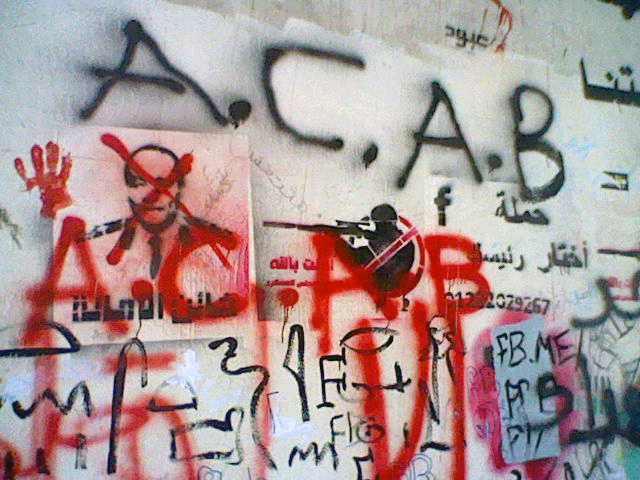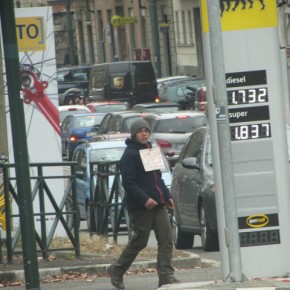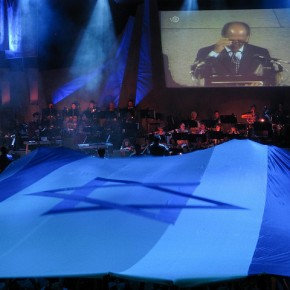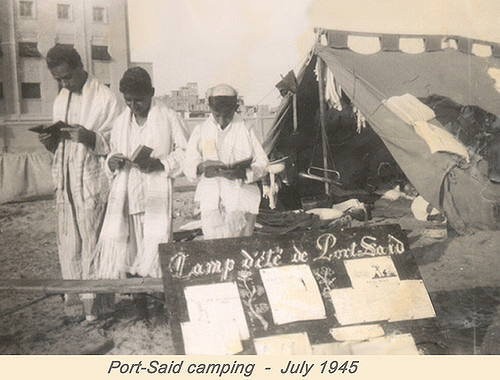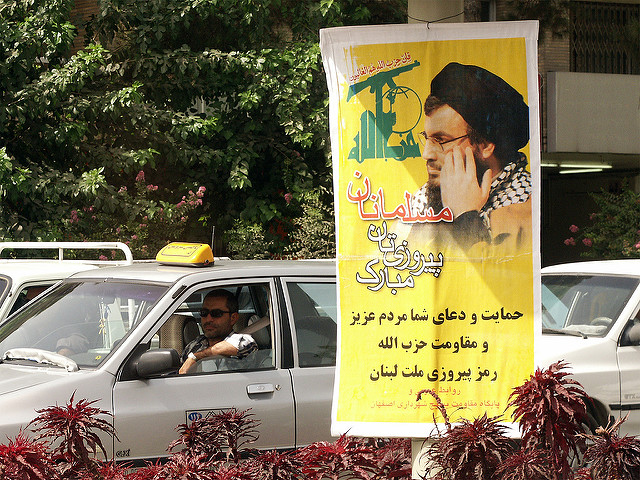I recently traveled to Tahrir Square in order to gain a richer perspective on the Egyptian Revolution. I was in Tahrir for the period immediately after the runoff elections, when the country was gripped with uncertainty regarding its final outcome. The graffiti on Mohamed Mahmoud street has been seen globally. These new designs are particularly evocative of the square’s current atmosphere.
The hieroglyphic designs are obviously linked to Ancient Egypt, and have been painted numerous times in order to draw a comparison between current Egyptian autocrats and the Pharaohs. Field Marshall Mohamed Hussein Tantawi is seen on the left. Tantawi is the main face of the Supreme Council of the Armed Forces, and is the focus of hatred against SCAF in Egyptian revolutionary circles. This graffiti appears to have been designed by the militants called the Ultras (radicalized ex-football hooligans.) The abbreviation “A.C.A.B.” is an emerging slogan in Ultra circles that I saw throughout the square. It stands for “All Cops Are Bastards.”
The influence of Ancient Egyptian art is also apparent in this photograph. This elderly woman is holding the picture of a young man, likely her son or a relative. Martyrdom has been a major theme in the Egyptian Revolution. With images of fallen protestors populating Tahrir Square protests, it’s had a big impact on how revolutionary action is both promoted and understood by Egyptians. Interestingly, the elderly woman is veiled while mourning. Dressed in black, she holds the image of a male martyr.
These angelic paintings are of Egyptian martyrs, the left being Khaled Said. Said was killed in Alexandria in June 2010 after being arrested by the Egyptian police, with stories of him being beaten to death in public while begging officers to stop being widely circulated. He has since become one of the most well-known martyrs of the Egyptian Revolution, throughout the world.
Something that has not been discussed is how the idea of martyrdom remains a predominantly male institution. Although Arab martyrs are beginning to be nonviolent protestors rather than violent combatants (like suicide bombers in the Arab-Israeli conflict, and the War on Terror,) women are not usually considered to be “martyrs.” Their role is usually, as seen in the previous photograph, holding images of their fallen male counterparts. This is yet another example of normalized gender division affecting the outlook of the Arab Spring.
The Arabic word in this photograph is missing dots, which were erased in successive tagging, and is part of a larger slogan written along Mohamed Mahmoud street. There is a sense of desperation that hangs over Tahrir that was particularly strong in the week after the runoff elections, when the victory of ex-Mubarak Prime Minister Ahmed Shafik seemed entirely possible. These figures holding AK-47s speak to the increased feeling in Egyptian revolutionary circles that peaceful protest is naïve, especially in light of the SCAF’s excesses.
They remind me of the Abesseya clashes which occurred outside of the Ministry of Defense, when angry revolutionaries began tearing at its barricades and throwing rocks at military police in retaliation for the SCAF’s sudden barring of multiple presidential candidates. Although the victory of Mohamed Morsi, and his election as the Arab world’s first Islamist civilian president has defused some of the tension, he is presiding over a country where the echoes of Abbeseya’s violence still linger.
Photographs taken with a Nintendo 3DS gaming console. Published under a Creative Commons license, courtesy of Bilal Ahmed.
